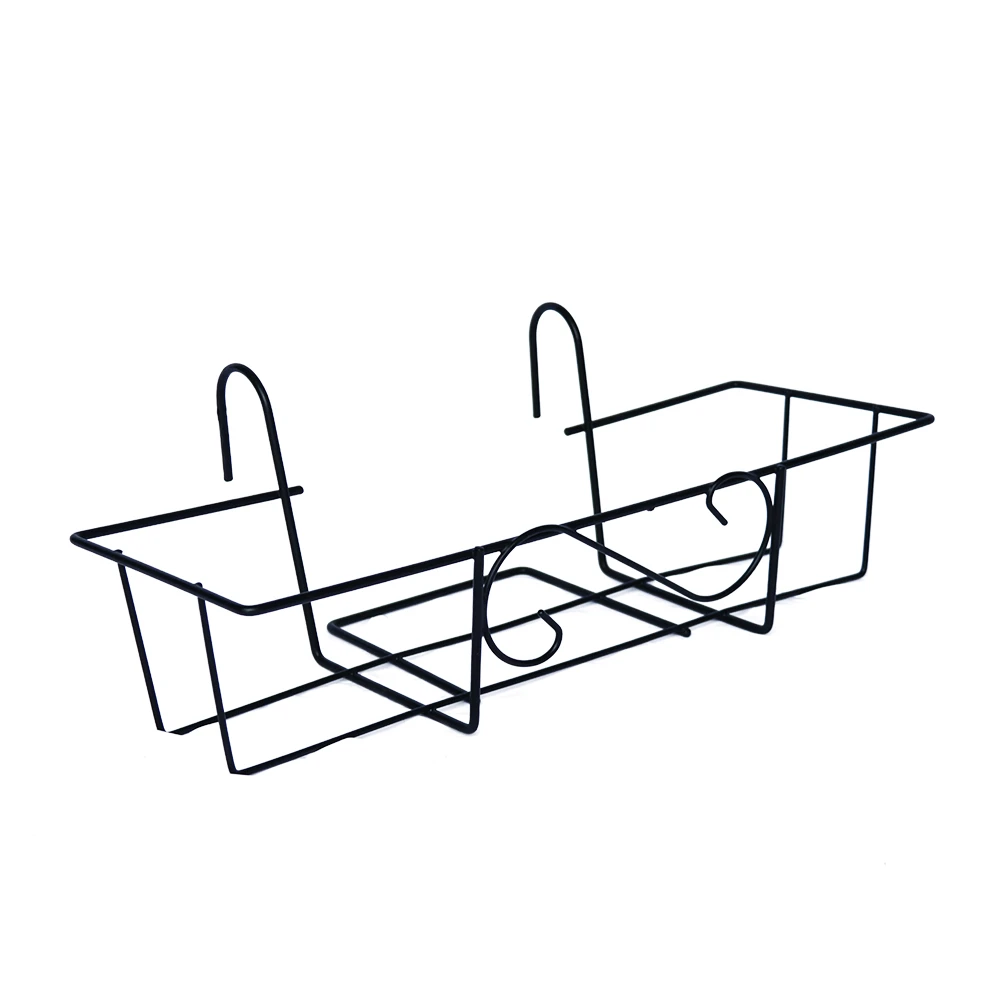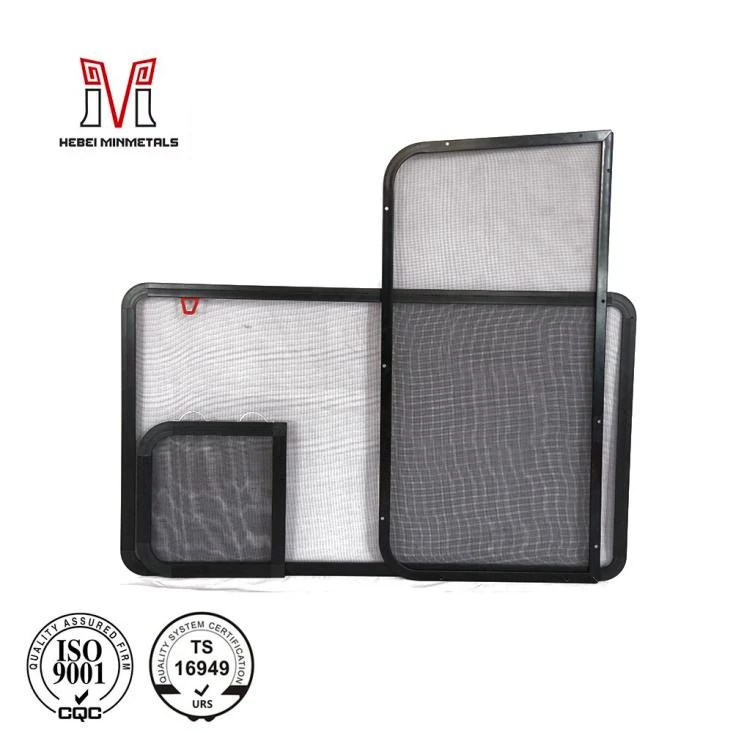Essential Guide to Choosing the Right Roofing Nails for Your Projects
Déc . 05, 2024 04:38
Understanding Roofing Nails Types, Uses, and Importance
When it comes to roofing, the choice of materials is critical to ensuring durability and longevity. Among the various components that play a significant role in roofing construction, roofing nails stand out as an essential element. Roofing nails are specifically designed fasteners used to secure shingles, tiles, and other roofing materials to the underlying structure. However, many people may not realize how important these small, seemingly simple items are to the overall integrity of a roof.
Types of Roofing Nails
There are several types of roofing nails available, each catering to different roofing materials and applications. The most common roofing nails are made of steel and can be galvanized, stainless, or coated with a weather-resistant finish. Here are some popular types
1. Galvanized Roofing Nails These nails are coated with a layer of zinc to prevent rust and corrosion. They are commonly used in residential roofing projects due to their durability and resistance to the elements.
2. Stainless Steel Roofing Nails While more expensive, stainless steel roofing nails offer the highest level of corrosion resistance, making them ideal for coastal areas or places with high humidity. They are also less prone to bending during installation.
3. Plastic Cap Roofing Nails These nails have a plastic cap attached, which provides additional holding power for roofing materials. They are especially useful for securing felt underlayment and ensuring that shingles remain in place even during high winds.
4. Coated Roofing Nails These nails come with a specialized coating that enhances grip and reduces the risk of pull-through. They are particularly useful in installations where additional strength is required.
Applications of Roofing Nails
Roofing nails are primarily used to anchor roofing materials securely
. Their applications include- Shingle Installation Whether it’s asphalt, wood, or metal shingles, roofing nails are vital for securing them to the roof deck. The typical method involves placing the nails through the shingle and into the underlying plywood or OSB board.
roofing nails 1

- Underlayment Securing Before installing shingles, many roofing systems require underlayment, which acts as an extra barrier against moisture. Roofing nails help hold this material firmly in place.
- Metal Roofing While metal roofs often use screws, roofing nails can still be used for specific applications, such as securing certain types of metal panels.
- Tile and Slate Roofing Roofing nails can also be used for securing tiles or slates, ensuring that they remain fixed even under adverse weather conditions.
Importance of Roofing Nails
The significance of roofing nails in a roofing system cannot be overstated. They not only hold roofing materials together but also contribute to the overall performance of the roof. Properly chosen and installed roofing nails ensure
- Weather Resistance With the right materials, roofing nails can withstand harsh weather conditions, preventing leaks and damage.
- Structural Integrity A roof is only as strong as its weakest link. Using the appropriate type and length of nail for the roofing material helps maintain the roof's structural integrity.
- Longevity High-quality roofing nails contribute to the overall lifespan of a roof. By preventing materials from shifting or detaching, they reduce the need for frequent repairs.
Conclusion
In conclusion, while roofing nails might seem like a minor component in the larger roofing system, their role is critical to the function and durability of the roof. Understanding the different types of roofing nails, their applications, and their importance can aid homeowners and builders in making informed decisions during roofing projects. By choosing the right roofing nails for specific applications, you can ensure your roof withstands the test of time, providing both protection and peace of mind. As with many aspects of construction, attention to detail makes all the difference. So next time you think about roofing, don’t overlook the power of a simple nail!









 Unity
Unity Creation
Creation Challenge
Challenge Contribution
Contribution










